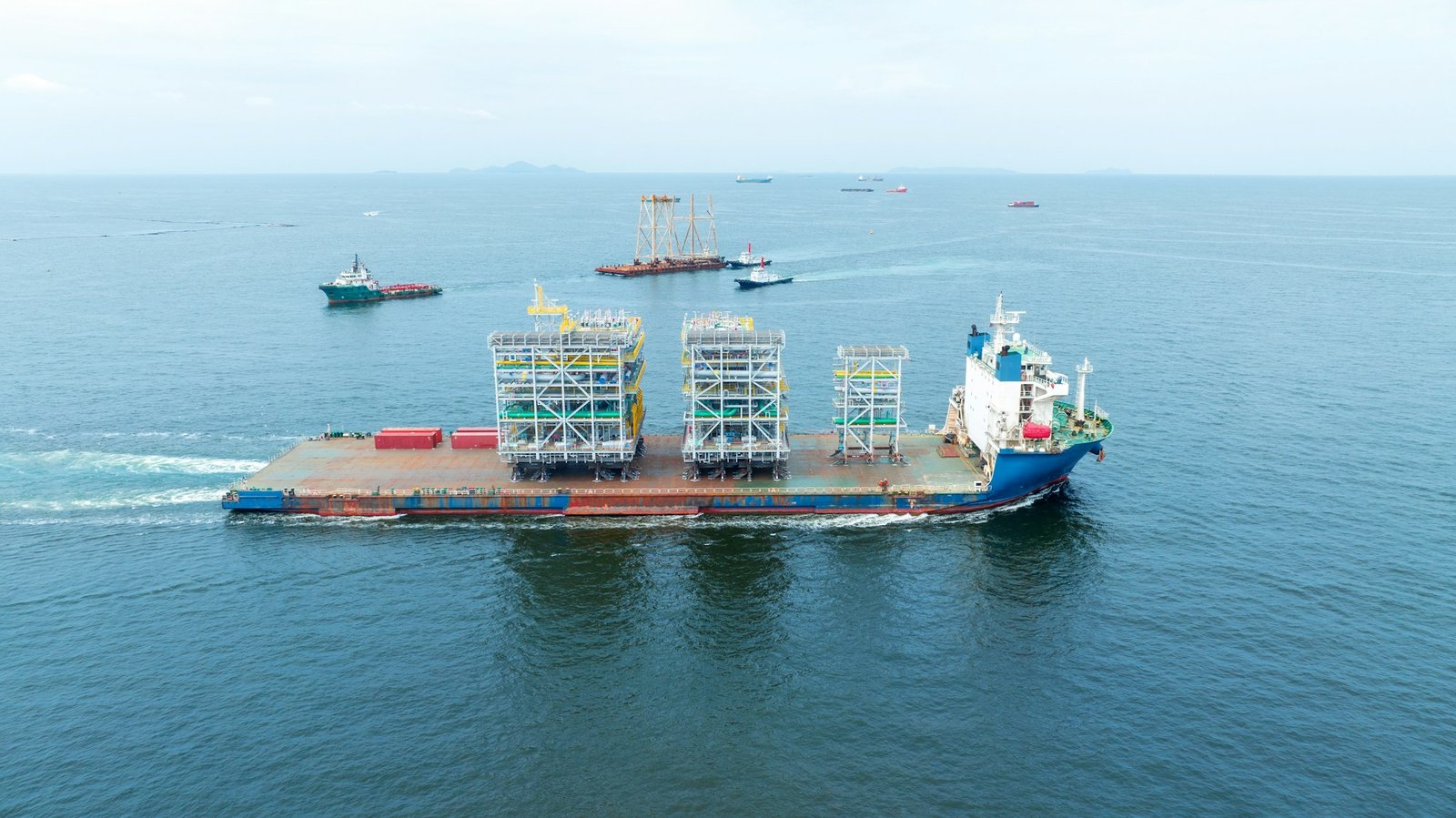Throughout the realm of engineering, the massive expanse of the ocean presents every challenges and alternate options. From harnessing renewable energy to exploring marine belongings, progressive choices are rising on the intersection of chemistry and ocean engineering. Let’s delve into the following wave of innovation pushed by chemical features on this dynamic space.
Understanding Chemical Capabilities in Ocean Engineering
Chemistry serves as a result of the cornerstone of fairly just a few developments in ocean engineering, enabling the occasion of provides, processes, and utilized sciences tailored to the distinctive requires of marine environments.
Corrosion Resistance:
Certainly one of many predominant challenges in ocean engineering is combating corrosion attributable to publicity to saltwater. Chemical coatings and coverings, paying homage to corrosion inhibitors and sacrificial anodes, play an essential perform in defending marine buildings from degradation.
Biodegradable Provides:
As sustainability options prominence, there is a rising emphasis on utilizing biodegradable provides in ocean engineering. Biopolymers derived from renewable sources provide environmentally nice alternate choices for features ranging from underwater cables to marine coatings.
Desalination Utilized sciences:
With freshwater scarcity turning right into a worldwide concern, chemical processes paying homage to reverse osmosis and membrane distillation are instrumental in desalinating seawater to fulfill consuming water requires and help agricultural and industrial actions in coastal areas.
Biofouling Prevention:
Biofouling, the buildup of marine organisms on submerged surfaces, poses challenges for marine infrastructure and vessels. Chemical antifouling coatings, incorporating compounds like copper and biocides, help inhibit the attachment and progress of fouling organisms.
Developments Driving Innovation
Present developments in chemical features are driving innovation in ocean engineering, paving one of the simplest ways for sustainable choices and enhanced effectivity in marine operations.
Nanotechnology:
The blending of nanomaterials in ocean engineering holds promise for enhancing the effectivity and sturdiness of marine buildings. Nanocoatings, engineered on the molecular diploma, provide superior corrosion resistance and antifouling properties, prolonging the lifespan of offshore platforms and underwater gear.
Hydrogen Manufacturing:
Chemical processes paying homage to electrolysis and steam reforming are being explored for hydrogen manufacturing from seawater, offering a renewable provide of contemporary energy for gasoline cells and power period in marine environments.
Carbon Seize and Storage:
As part of efforts to mitigate native climate change, chemical methods for carbon seize and storage (CCS) are being investigated for offshore features. Subsea CCS utilized sciences objective to grab CO2 emissions from industrial sources and retailer them in geological formations beneath the ocean floor.
Biotechnology:
The intersection of chemistry and biotechnology is driving innovation in marine bioproducts and biomimetic provides impressed by nature. From bio-inspired adhesives to biodegradable plastics, these developments preserve potential for sustainable choices in ocean engineering.
Future Outlook and Challenges
Whereas chemical features provide promising avenues for innovation in ocean engineering, a lot of challenges should be addressed to understand their full potential. These embody environmental points associated to chemical utilization, regulatory hurdles, and the need for interdisciplinary collaboration to take care of sophisticated marine factors.
FAQs:
1. How do chemical coatings defend marine buildings from corrosion?
- Chemical coatings containing corrosion inhibitors sort a defending barrier on metallic surfaces, stopping direct contact with seawater and inhibiting corrosion reactions. Sacrificial anodes, created from reactive metals like zinc, corrode preferentially to protect the underlying building.
2. What are some examples of biodegradable provides utilized in ocean engineering?
- Biodegradable provides utilized in ocean engineering embody biopolymers derived from sources paying homage to corn starch, sugarcane, and algae. These provides provide sustainable alternate choices to conventional plastics and composites.
3. How do antifouling coatings cease biofouling on underwater surfaces?
- Antifouling coatings launch biocides or incorporate compounds like copper to discourage the attachment and progress of fouling organisms paying homage to barnacles and algae. By stopping biofouling, these coatings protect the effectivity and effectivity of marine infrastructure.
4. What perform does nanotechnology play in ocean engineering?
- Nanotechnology permits the occasion of superior provides with tailored properties for marine features. Nanocoatings, nanoparticles, and nanocomposites provide enhanced corrosion resistance, mechanical energy, and antifouling capabilities, contributing to the durability and effectivity of marine buildings.
5. How can hydrogen manufacturing from seawater contribute to clean energy choices?
- Hydrogen manufacturing from seawater using chemical processes paying homage to electrolysis affords a renewable and environmentally nice provide of contemporary energy. Hydrogen could be utilized as a gasoline for gasoline cells, powering electrical autos, maritime vessels, and offshore platforms, thus decreasing reliance on fossil fuels and mitigating carbon emissions.

